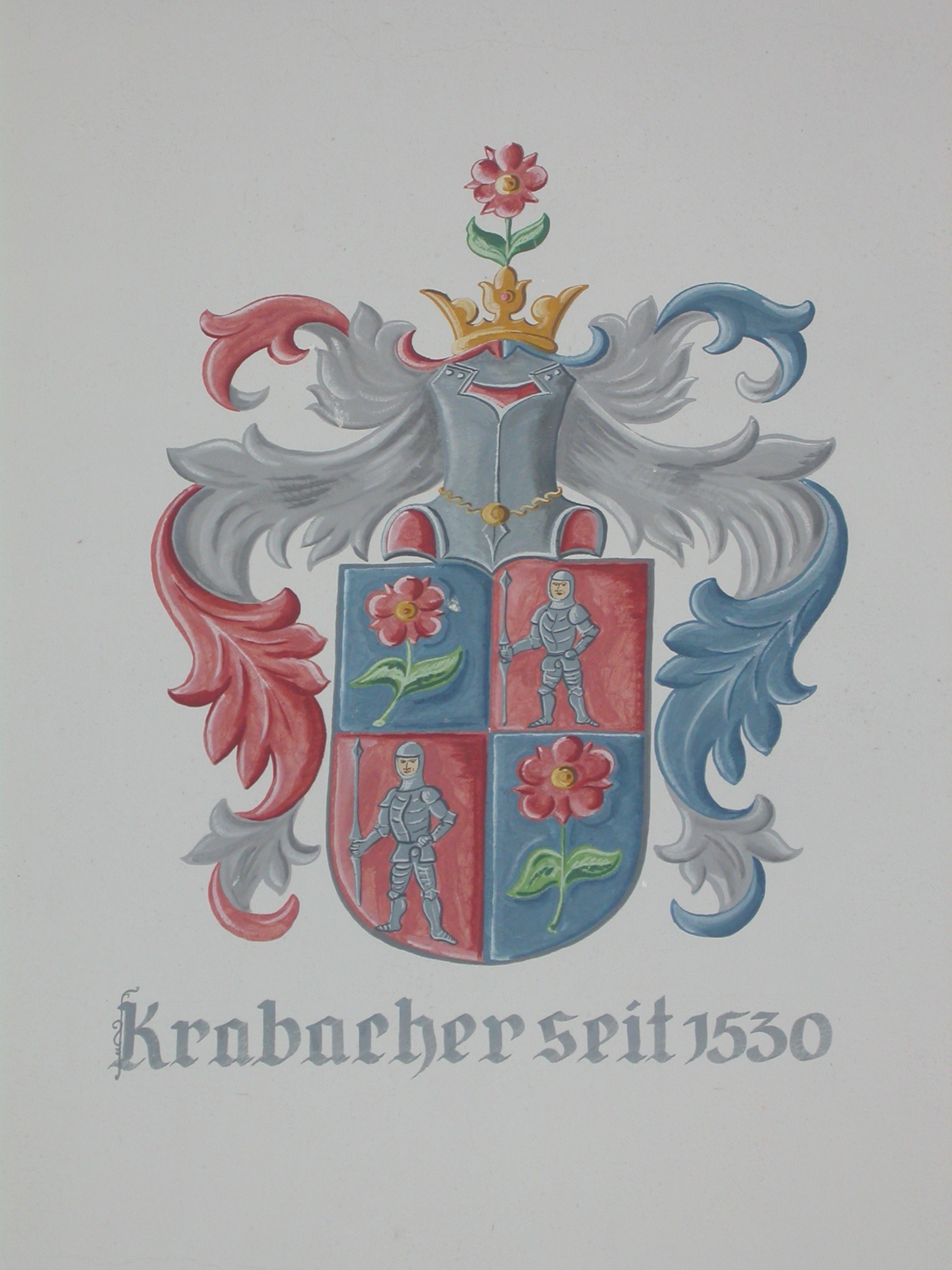Uncovering the Secrets of Color Theory
페이지 정보
작성자 Louie 작성일25-05-21 05:04 조회27회 댓글0건본문
At its core, color theory is based on the principle that different colors can evoke distinct emotional responses in people. This is often referred to as the "human response index", which varies across cultures and individuals. For instance, while the color red is often associated with energy and enthusiasm in Western cultures, it's considered a harbinger of prosperity in many Eastern cultures.
One of the key aspects of color theory is the color wheel, which is a circular representation of colors arranged in a specific order. The color wheel is divided into primary colors (red, blue, and yellow), secondary colors (orange, green, and violet), and tertiary colors (colors created by mixing primary and secondary colors). By understanding how colors interact on the color wheel, artists and designers can create harmonious color schemes that evoke specific emotions and moods.
Red is often seen as a eye-catching color that can stimulate the senses and evoke feelings of love, vitality, and affection. Warm reds, in particular, can create a sense of comfort, while cool reds can convey a sense of authority. Conversely, red can also be associated with negative emotions like aggravation, especially when used in excess or in a overpowering manner.
On the other hand, blue is often linked to calmness and dependability. Blues can range from bright to somber, each conveying different emotional connotations. For example, light blue is often associated with joy, while Navy blue can convey feelings of dependability.
Green, a balancing color, is often linked to nature. It can evoke feelings of calmness, progress, and renewal. Dark greens can create a sense of mystery, while light greens can convey a sense of inexperienced.
Yellow is a color that can evoke feelings of joyfulness. Bright yellows can stimulate the senses and create a sense of energy, while muted yellows can convey a sense of comfort. However, yellow can also be associated with caution, as seen in traffic lights.
Color theory also emphasizes the importance of color coordination, which is achieved by using colors that work well together in terms of hue. There are several principles of color alignment, including uniform color palettes, which feature different hues of the same color, and opposite color pairs, which pair colors that are opposite each other on the color wheel.
In conclusion, color theory is a influential tool for artists, designers, and anyone interested in creative expression. By understanding how colors interact and affect human emotions, individuals can create works of art competitions that evoke specific moods and emotions. Whether you're a skilled creator, or just starting out, exploring color theory can help you unlock the secrets of the human response index and create art that truly speaks to the soul.


